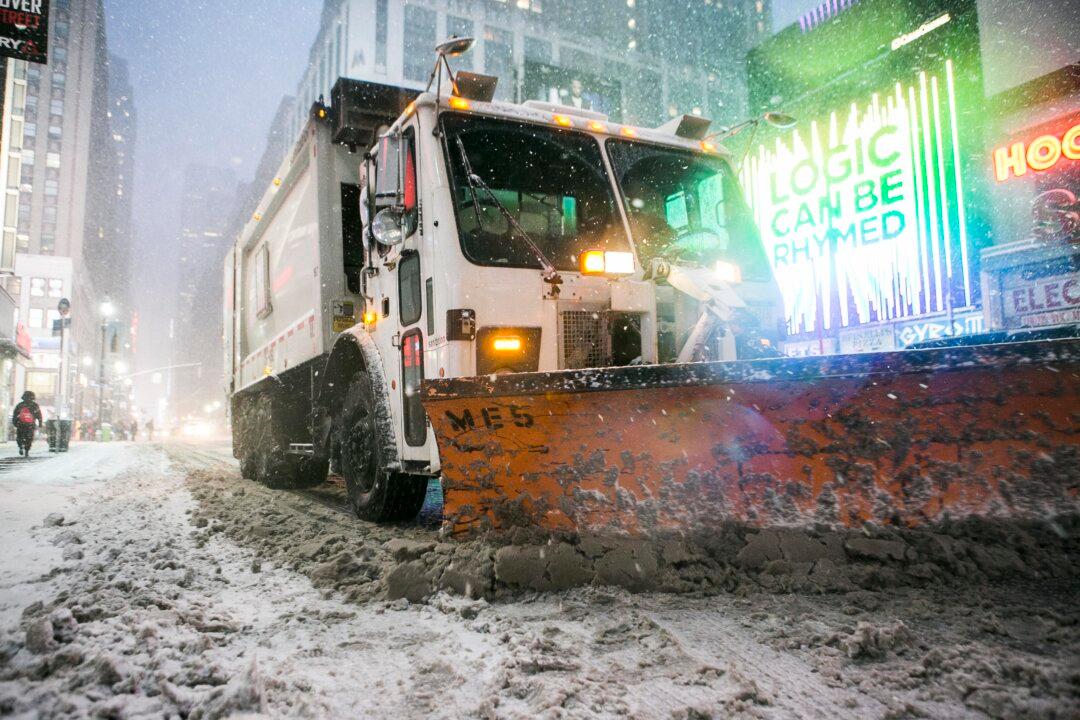A blizzard is bearing down on the northeast, and people are seeking survival tips.
Check out some below.
Stranded in a Car or Outside
Some people are stuck outside for some reason or another during a blizzard. If you are, seek any form of shelter immediately.
If you are unable to find some, focus on getting dry. Even a small fire will help dry clothing out, as well as provide warmth, notes About.
And deep snow can act as insulation from the wind and cold temperatures; hold up in a snow cave.
READ MORE
- NYC Blizzard: Live Blog Updates for 2015 Snow Storm in New York
- Top 9 Things Not to Do During a Snowstorm
- NYC Snow Photos: Blizzard Pictures for ‘Snowmageddon’
- Thundersnow? Northeast State of Emergency Blizzard Juno May Bring It #Snowmageddon2015
- New York Declares State of Emergency Ahead of Blizzard Juno





